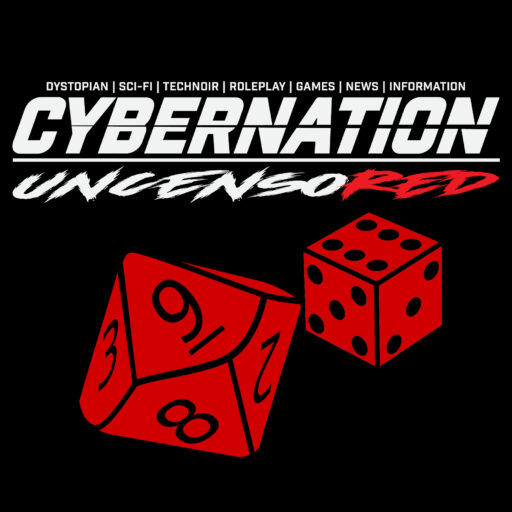Hi-tech body armor is a staple of Sci-fi & Cyberpunk. Goo-based Body Armour may seem like a great idea until the slow knife pushes through, it cops a freezing blast to become brittle, or you get blasted with some chemical that makes it flare like napalm.
So once you’ve read the sales pitch also look at the limitations of the tech to find how to break it. Most have to operate within a limited set of temperatures, but PCs also push themselves (& gear) beyond the limits. So how does it react to stuff?
Non-Newtonian fluids get harder the faster the object hits it. A simple example of this is oobleck, basically cornstarch in water. The thick and gooey slim will slowly run through your fingers but hit it and it’s like concrete. This property makes it great for semi-flexible body armor, that can take a hit. However, it won’t make a huge difference to a bullet, since it’s traveling too fast with too much energy.
Extreme temperatures are likely to be a big problem for this material. So above 100ºC/212ºF or below -20ºC / -4ºC. Either way, it’s going to lose its properties and become a problem.
Too hot and it becomes a liquid goo, that the character has to get off their skin. A terrifying example is having burning napalm stuck to your skin. As it will stay there until scrapped off, causing more damage. Or, too cold and the goo becomes rock hard and brittle. If you are lucky it will break apart into a bunch of small annoying crystals, or those pieces can shred skin.
Regardless of how this stuff reacts, be consistent. One way to help this is by looking at the chemicals most countries should have information available. However, something like the list of extremely hazardous substances is only good if you know what you’re dealing with.
Now for some (not so) fun examples;
Did you know that the dust from flour, used in cooking is explosive? So if the characters kick up enough and start using flames, the results can be explosive. See The Washburn Mill Explosion of 1878.
The ink dust (aka toner) from printer cartridge is not good for the eyes or breathing. See Toner hazards and Is Printer Toner Toxic or Harmful to Humans?
What is an MSDS?
Another way is to search for the Material Safety Data Sheets (MSDS) or Safety Data Sheets (SDS). All workplaces should have these since the supplier is meant to provide one. What sections of the MSDS are worth looking at?
S3. Composition/information on ingredients. Or what bad stuff is in there anyway.
S4. First aid measures. It almost like the PCs want hurt themselves with this stuff. And what can about it, when they do?
S5. Firefighting measures. “Kill it with fire “, was the warcry of one group, until …
S6. Accidental release measure. Like with the character group ransacks a place.
S8. Exposure controls/personal protection. Will skinweave stop the acid from burning through to flesh & bone?
S9. Physical and chemical properties. What does it look like?
This is a lot to take in and have it all in your game, but it’s easier to fake than you think. Just pick one chemical, substance, or thing to inflict on the PCs. So, if you do find a good substance (with it’s MSDS) that is showcased in a location. For example the flour or toner, from above. Have the MSDS on hand, to hand over to the PCs, and watch their faces shift are the realize the shit they are in.
Or instead of chemicals, pick something commonplace in buildings like electricity and water.

